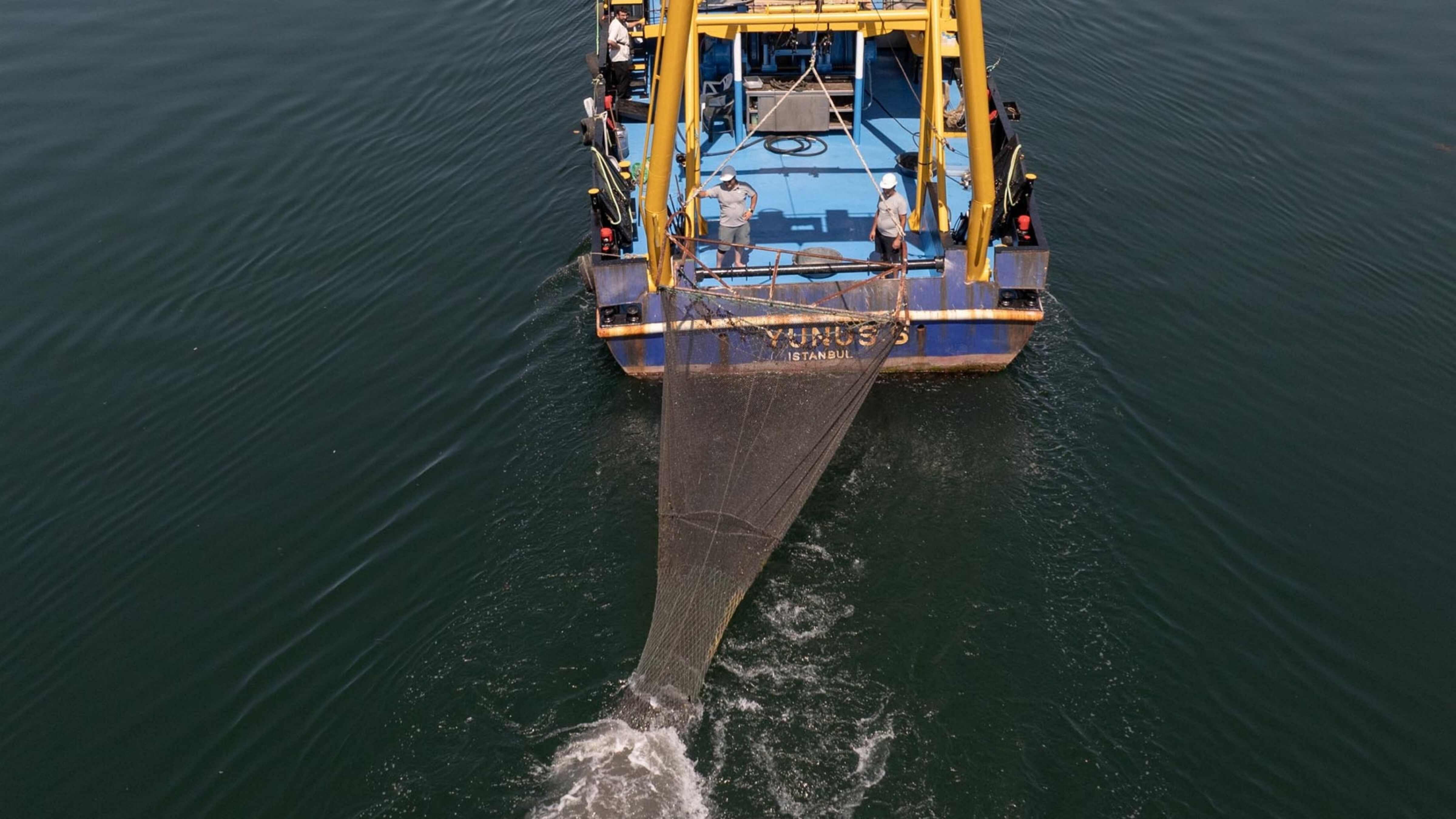
The worsening oxygen depletion in the Marmara Sea is forcing sharks and other cartilaginous fish species toward coastal waters in search of breathable environments, according to a marine biology expert.
Speaking on the occasion of Shark Awareness Day, Hakan Kabasakal, a consultant on cartilaginous fish for WWF-Türkiye, explained that oxygen levels in deeper waters have dropped so drastically that species such as sharks, which rely on high oxygen levels to sustain their fast metabolism, are no longer able to survive in their traditional habitats.
Sharks, rays, skates, guitarfish and chimaeras — collectively known as cartilaginous fish — have skeletons made entirely of cartilage. Of the 1,282 globally recognized cartilaginous species are found in the Mediterranean Sea and over half in the Aegean. Marmara is home to 25 species, while the Black Sea hosts 11.
Kabasakal emphasized that the majority of these species originate from the North Atlantic Ocean, with only a few endemic to the Mediterranean and some tropical species having migrated through the Suez Canal.
“The Marmara Sea was once rich in cartilaginous fish,” Kabasakal noted. “But rising urbanization, industrial pollution and climate change have dramatically reduced their populations.”
Today, oxygen levels in parts of deep Marmara waters have plummeted to below 2 milligrams per liter — far less than the 4.5 milligrams needed for these species to survive. In some zones beyond 100 meters, oxygen drops below 1 milligram, and in Eastern Marmara, depths beyond 200 meters are completely anoxic.
This forced migration to the shallows, Kabasakal stresses, poses no threat to humans. “Aggressive species like great whites left Marmara over 40 years ago,” he said.
The sharks that are now seen near the coast are mostly sandbar sharks, which rarely grow beyond 2 meters and are known to avoid human interaction. However, their presence near the coast has increased encounters with coastal fishers, placing further pressure on already stressed populations.
“In our three-year research, we observed a peak in shark numbers near the shore, followed by a steep decline in 2024,” Kabasakal said. “The fish can’t return to the deep due to low oxygen, nor can they settle in new areas because of heavy fishing pressure.”
Globally, around a third of shark species that inhabit the ocean could go extinct by the end of the century if the current trend continues. Kabasakal warned that the disappearance of top predators like sharks could unravel entire marine ecosystems.